VA Home Loans: A Benefit for Those Who Serve
VA Home Loans are a benefit earned by our nation's veterans, active-duty service members, and eligible surviving spouses to help them realize the dream of owning a home.
Plan Today. Protect Tomorrow. Attend an Educational Estate-Planning Seminar

VA Home Loans are a benefit earned by our nation's veterans, active-duty service members, and eligible surviving spouses to help them realize the..
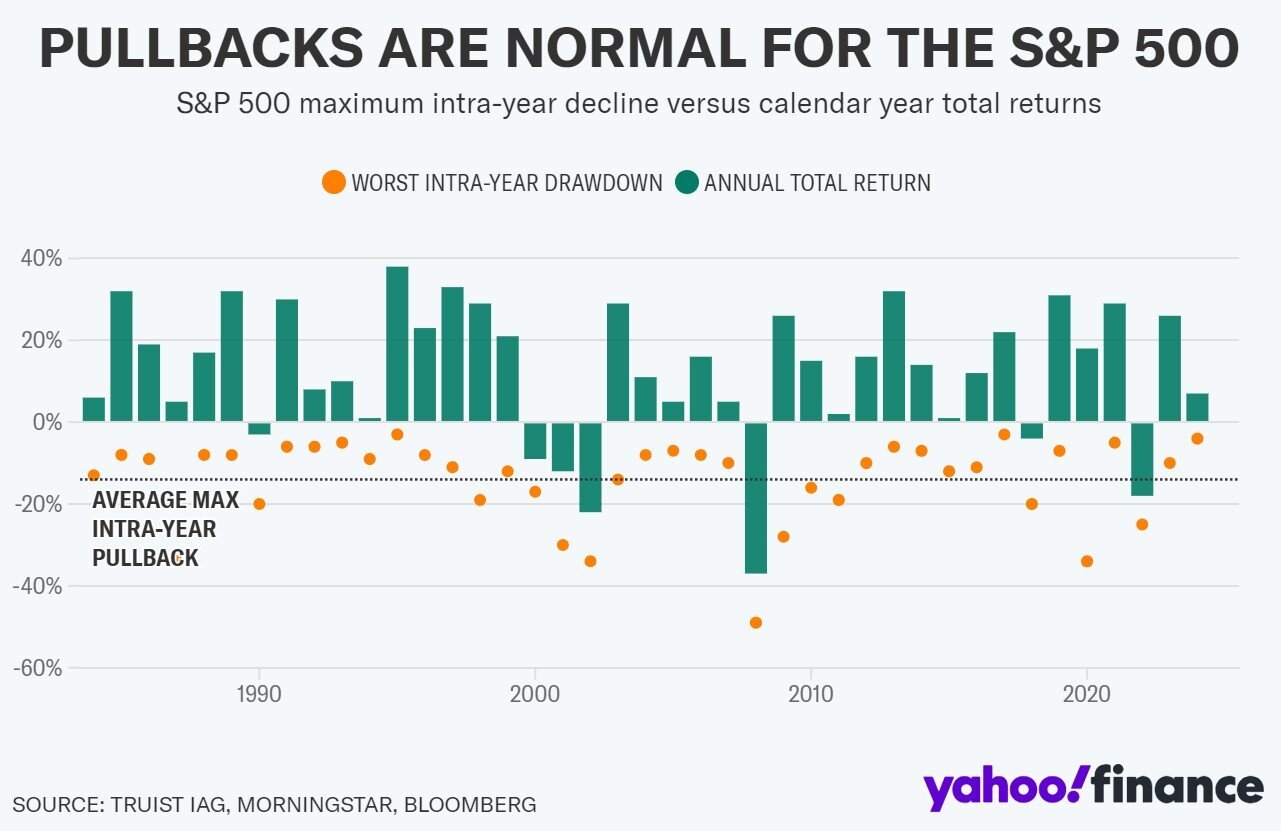
Today’s Chart of the Day from Yahoo Finance shows the annual returns of the stock market by year for the last 40 years, which resulted in an average..
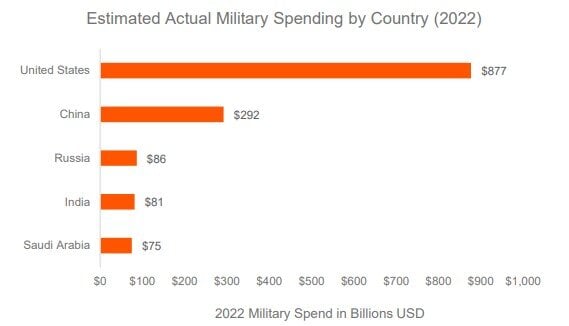
Today’s Chart of the Day from Global X, with data provided by Stockholm International Peace Research, shows that the United States spends almost 2x..

As a small business owner, you wear all the hats – sales, marketing, accounting, human resources – and you arebusy.
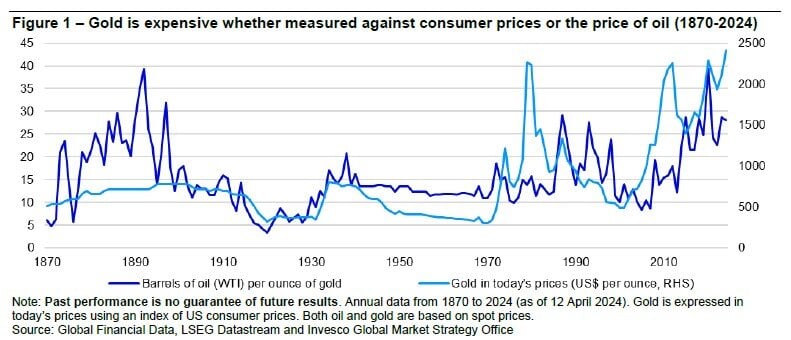
Today’s Chart of the Day is for my gold bugs. It is provided by Invesco and shows one way that investors use to value gold is to compare it to the..
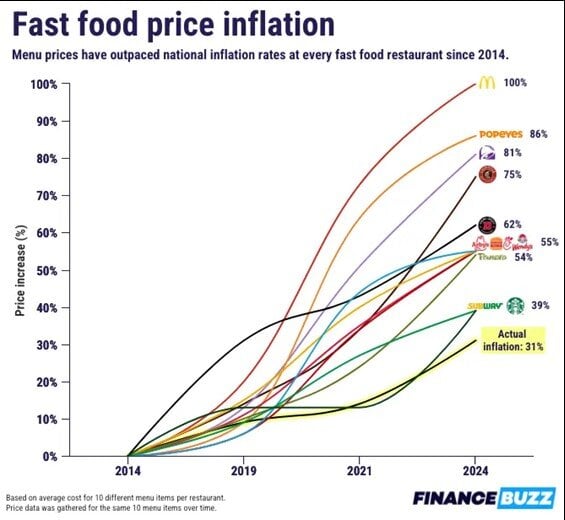
Today’s Chart of the Day is from Charlie Bilello with data from FinanceBuzz. It shows the inflation of fast-food prices over the last of 10 years vs...

You may have heard the adage, “sell in May and go away,” which essentially comes from the poor performance that the markets experience during the..
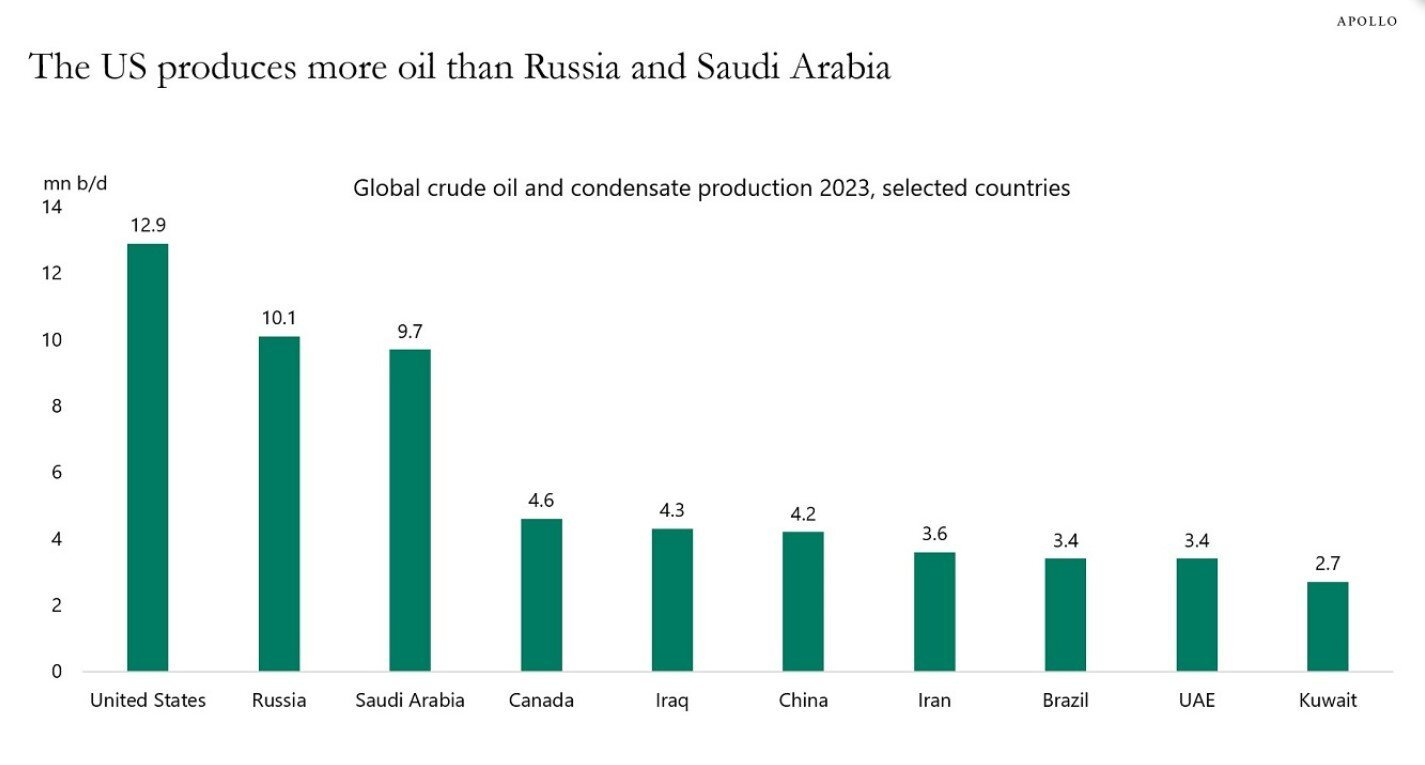
Today’s Chart of the Day is from Dr. Torsten Slok of Apolo Global Management with data from the International Energy Statistics.
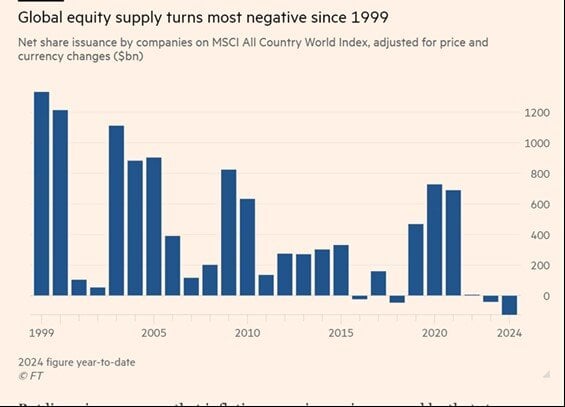
Today’s Chart of the Day is from the Financial Times with a note from Callum Thomas. The chart shows that there is a shrinking level of publicly held..
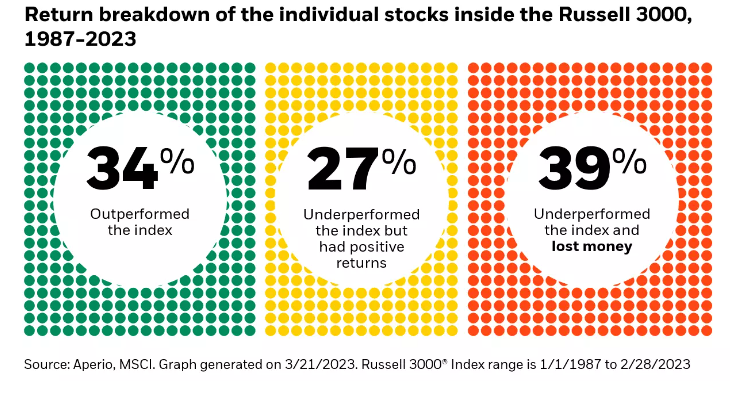
Today’s Chart of the Day from Aperio shows the percentage of individual stocks in the Russell 3000, which represents the 3,000 largest stocks in the..
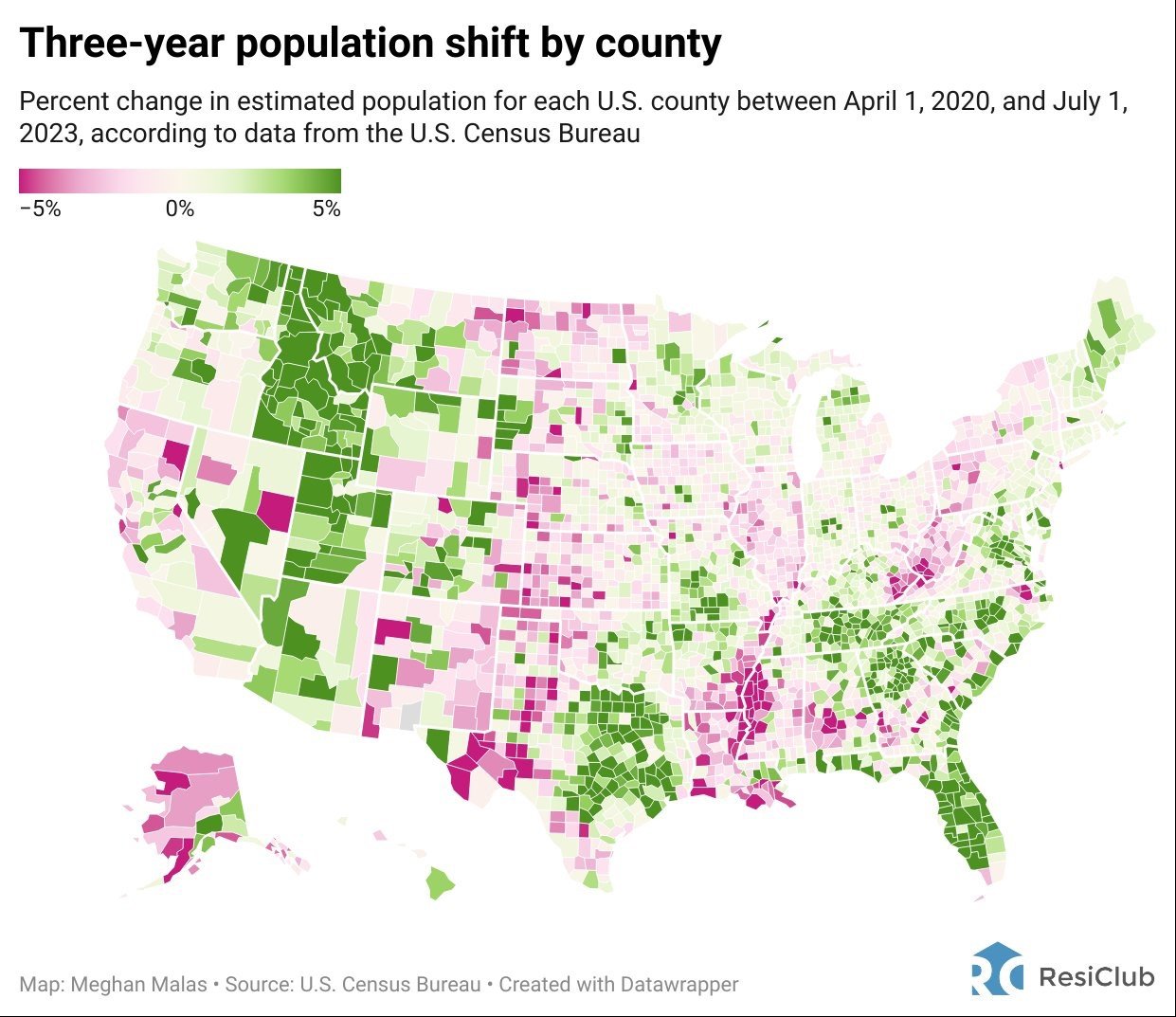
Today’s Chart of the Day is from Meghan Malas with data from the US Census Bureau.

In an act of desperation, Terry* frantically picked up the phone and called his Personal Banker at Crews Bank & Trust. Minutes before, when he logged..
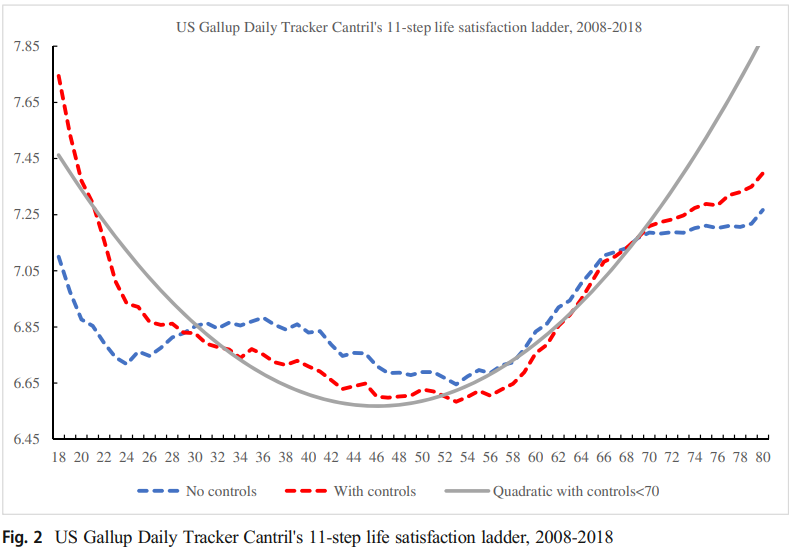
Today’s Chart of the Day is from an article discussed in "A Wealth of Common Sense" by Ben Carlson with data from a research paper by David..
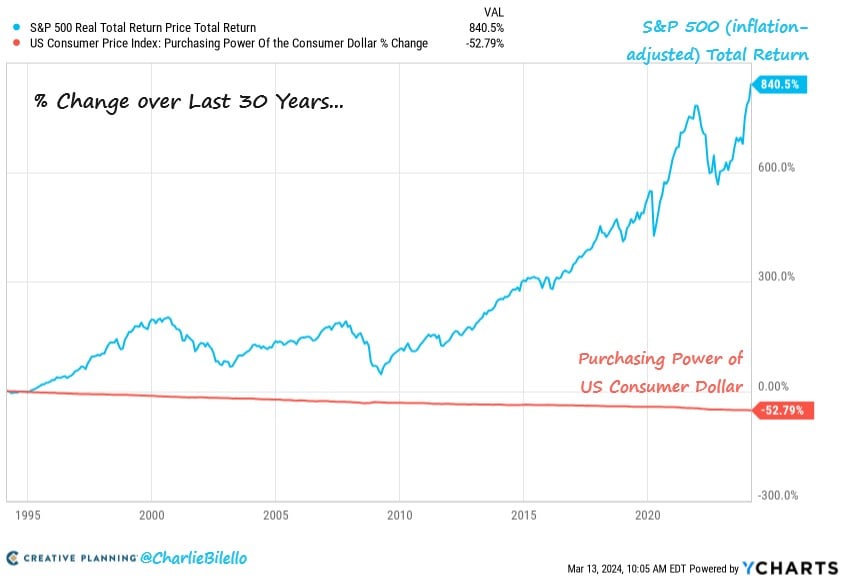
Today’s Chart of the Day comes from Charlie Bilello with information from YCharts. Over the last 30 years, inflation reduced the value of a dollar by..

When should parents talk to their children about money and how does one go about it? Just as you wouldn't throw a child into a swimming pool without..
VA Home Loans are a benefit earned by our nation's veterans, active-duty service members, and eligible surviving spouses to help them realize the dream of owning a home.
Today’s Chart of the Day from Yahoo Finance shows the annual returns of the stock market by year for the last 40 years, which resulted in an average return of 12%.
Today’s Chart of the Day from Global X, with data provided by Stockholm International Peace Research, shows that the United States spends almost 2x more on military expenses than the total combined spending of China, Russia, India, and Saudi Arabia.
As a small business owner, you wear all the hats – sales, marketing, accounting, human resources – and you arebusy.
Today’s Chart of the Day is for my gold bugs. It is provided by Invesco and shows one way that investors use to value gold is to compare it to the price of oil, which is another commodity where the price is affected by geopolitical risk, inflation, and economic instability.
The chart goes back to 1870 and the past appears to be a good predictor. As of today, gold’s recent 14% year-to-date return may make it overpriced. However, as with all things, the opposite argument can be made that oil is the one that is undervalued. Whatever the outcome, the divergence between the two does not linger long, signaling that there may be some volitivity in the price of both in the short term.
Today’s Chart of the Day is from Charlie Bilello with data from FinanceBuzz. It shows the inflation of fast-food prices over the last of 10 years vs. actual inflation of 31%.
You may have heard the adage, “sell in May and go away,” which essentially comes from the poor performance that the markets experience during the summer months.
Today’s Chart of the Day is from Dr. Torsten Slok of Apolo Global Management with data from the International Energy Statistics.
Today’s Chart of the Day is from the Financial Times with a note from Callum Thomas. The chart shows that there is a shrinking level of publicly held stocks. Why so?
Today’s Chart of the Day from Aperio shows the percentage of individual stocks in the Russell 3000, which represents the 3,000 largest stocks in the US, and how they have performed since 1987.
Today’s Chart of the Day is from Meghan Malas with data from the US Census Bureau.
In an act of desperation, Terry* frantically picked up the phone and called his Personal Banker at Crews Bank & Trust. Minutes before, when he logged into his online account, he saw several unauthorized transactions from an unknown source. Terry was panicked. What should he do?
Today’s Chart of the Day is from an article discussed in "A Wealth of Common Sense" by Ben Carlson with data from a research paper by David Blanchflower. The data shows the level of happiness someone experiences according to their age.
Today’s Chart of the Day comes from Charlie Bilello with information from YCharts. Over the last 30 years, inflation reduced the value of a dollar by 50%.
When should parents talk to their children about money and how does one go about it? Just as you wouldn't throw a child into a swimming pool without teaching them how to swim or send a successful 6th grader off to university, it's essential to approach financial education with careful consideration and timing.
current_page_num+2: 17 -

